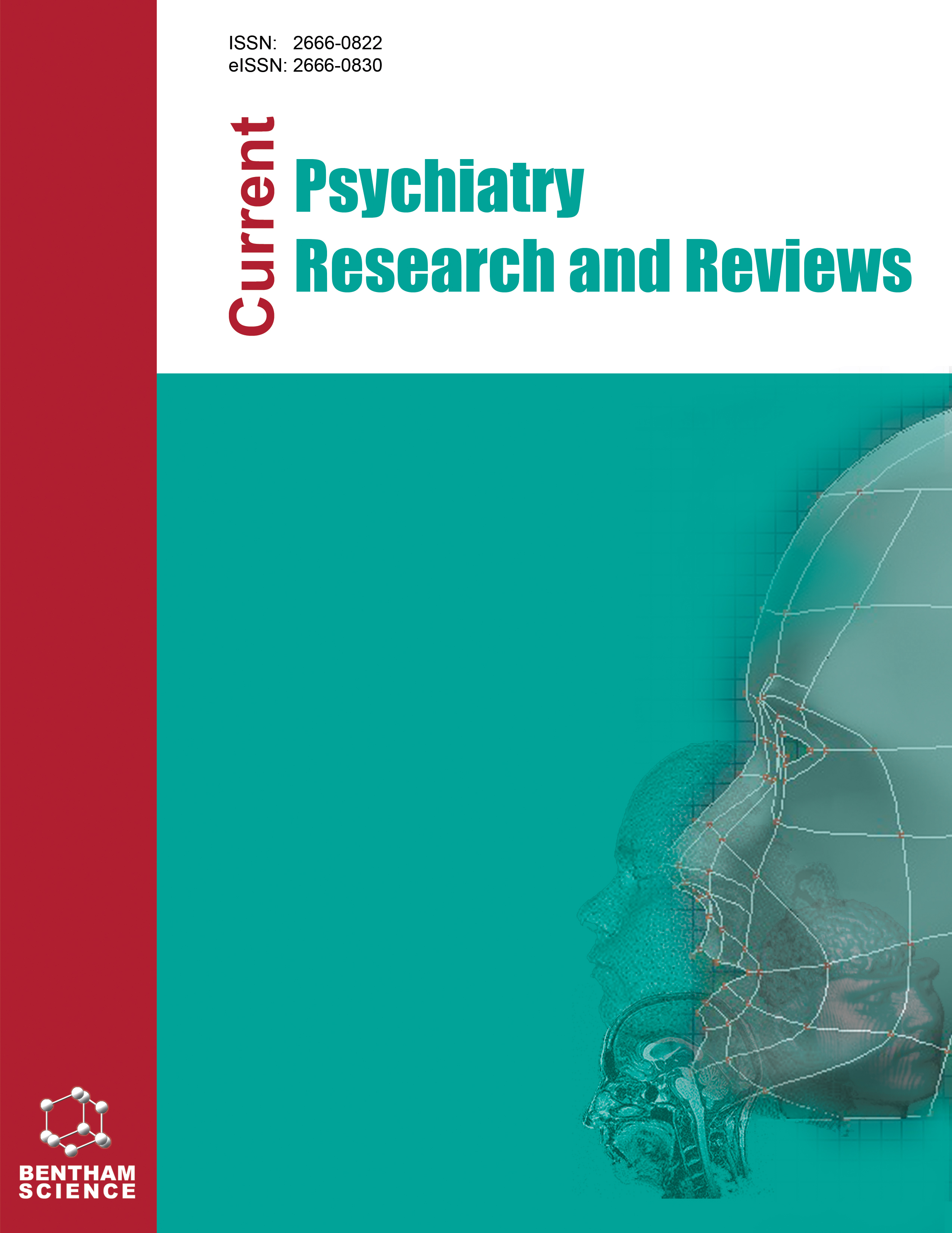
Full text loading...
We use cookies to track usage and preferences.I Understand
In psychiatry, anxiety disorders are the most prevalent conditions and a major contributor to disability, along with immunosuppression, endocrine conditions like diabetes mellitus and male impotence, cognitive impairments, cardiovascular disease, hypertension, peptic ulcer, migraine, and Alzheimer's disease. Anxiety and depression continue to be the leading causes of death.
This study presents data on the use of complementary and alternative therapies to treat anxiety.
SciFinder, Web of Science, Google Scholar, and PubMed were used to gather literature.
It has been observed that complementary and alternative therapies are used more than conventional therapies by people with self-defined anxiety attacks and severe depression. Most patients visiting conventional mental health providers for these problems also use complementary and alternative therapies. The evidence for the most effective integrative health methods for treating anxiety disorder is presented in this review, with a focus on the use of herbal medicine. Anxiety can be treated using a variety of psychotherapies as well as antidepressant medication, but the risks of overconsumption, as well as interactions with prescription medications and other drugs, are also factors to consider the herbal therapy.
This review highlights the management and treatment of anxiety. However, further larger-scale studies on alternative treatments are required.

Article metrics loading...

Full text loading...
References


Data & Media loading...

